CASE, Gerard R. & Paul D. BORODIN:
Late Eocene selachians from the Irwinton Sand Member of the Barnwell Formation (Jacksonian), WKA mines, Gordon, Wilkinson County, Georgia S. 5-16
12 Seiten, 3 Abbildungen, 5 Tafeln, 1 Tabelle
CASE, Gerard R. & Paul D. BORODIN:
A Middle Eocene Selachian Fauna from the Castle Hayne Limestone Formation of Duplin County, North Carolina S. 17-32
16 Seiten, 1 Abbildung, 7 Tafeln
WIERER, Johann F.:
Megasporen aus dem Unteren Muschelkalk von Haunritz bei Kemnath (Oberpfalz) S. 33-46
15 Seiten, 2 Tafeln
KUHN, Winfried:
Gyroidina - Gyroidinoides - Hansenisca: Validitätsprobleme der Foraminiferengruppe S. 47-50
4 Seiten, 3 Abbildungen, 1 Tafel
KOUFOS, George D.:
Revision of the late Miocene carnivores from the Axios valley, Macedonia, Greece S. 51-92
42 Seiten, 26 Abbildungen, 7 Tafeln, 10 Tabellen
KOSTOPOULOS, Dimitris S.:
Functional Morphology and Palaeoecological adaptations of Nisidorcas planicornis (Bovidae, Mammalia) from the late Miocene S. 93-104
12 Seiten, 14 Abbildungen, 9 Tabellen
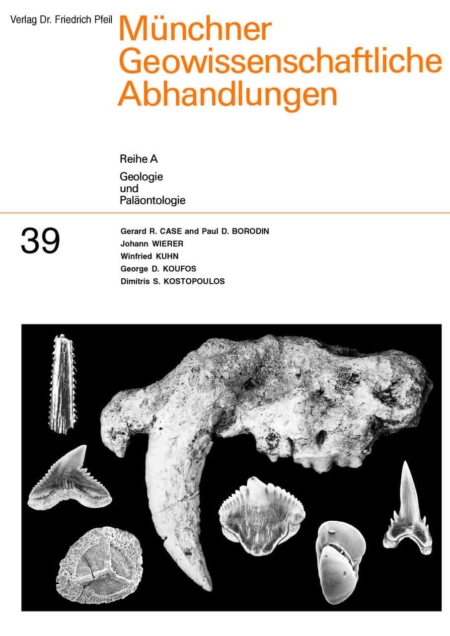
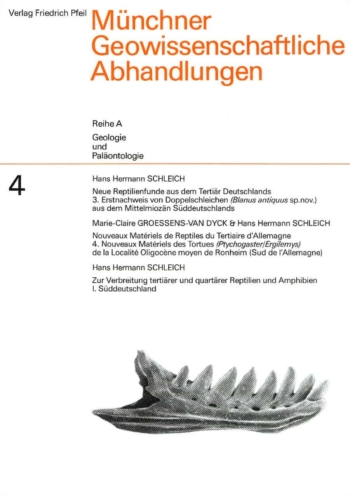
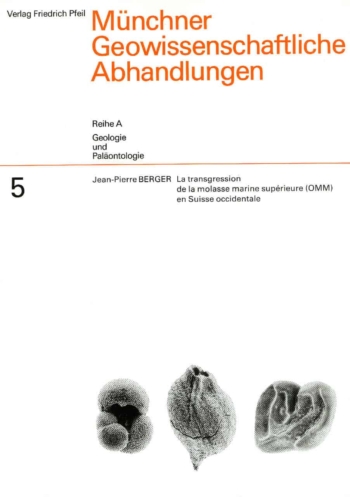
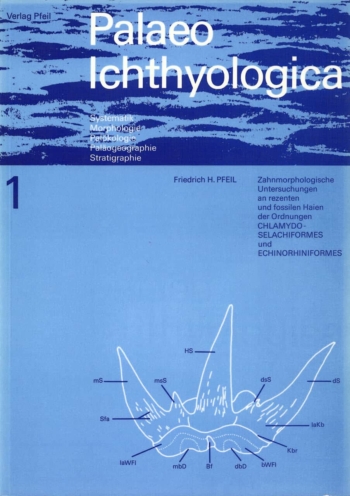
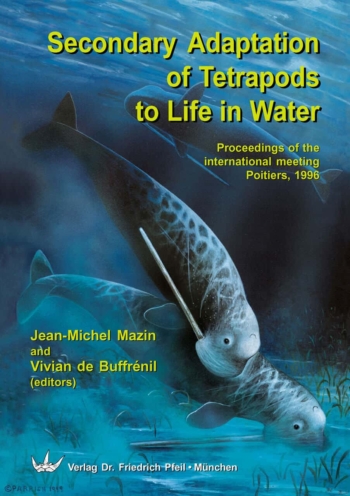
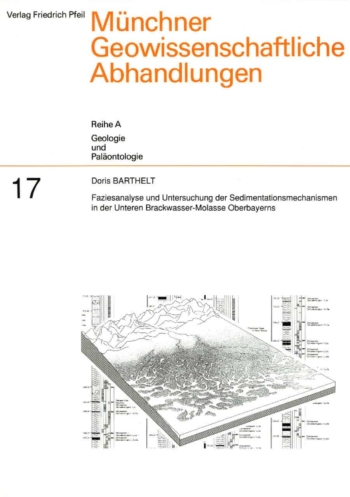
Bewertungen
Es gibt noch keine Bewertungen.